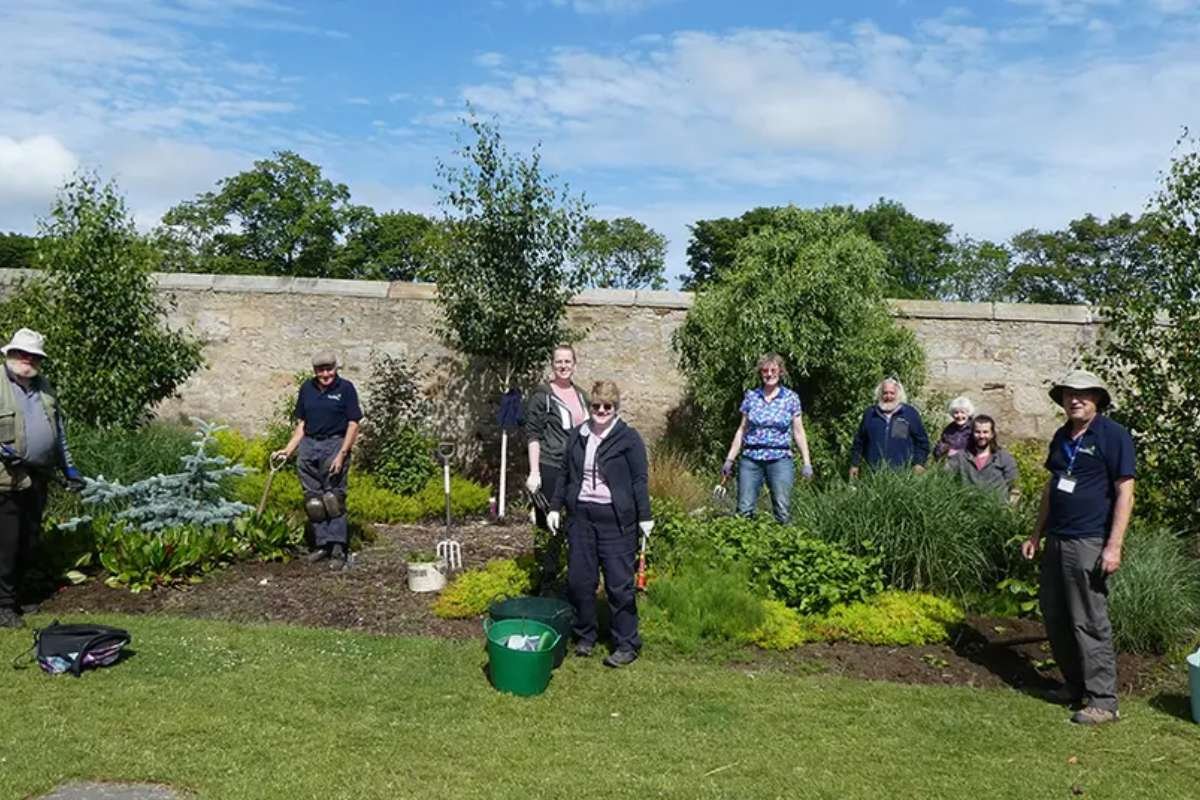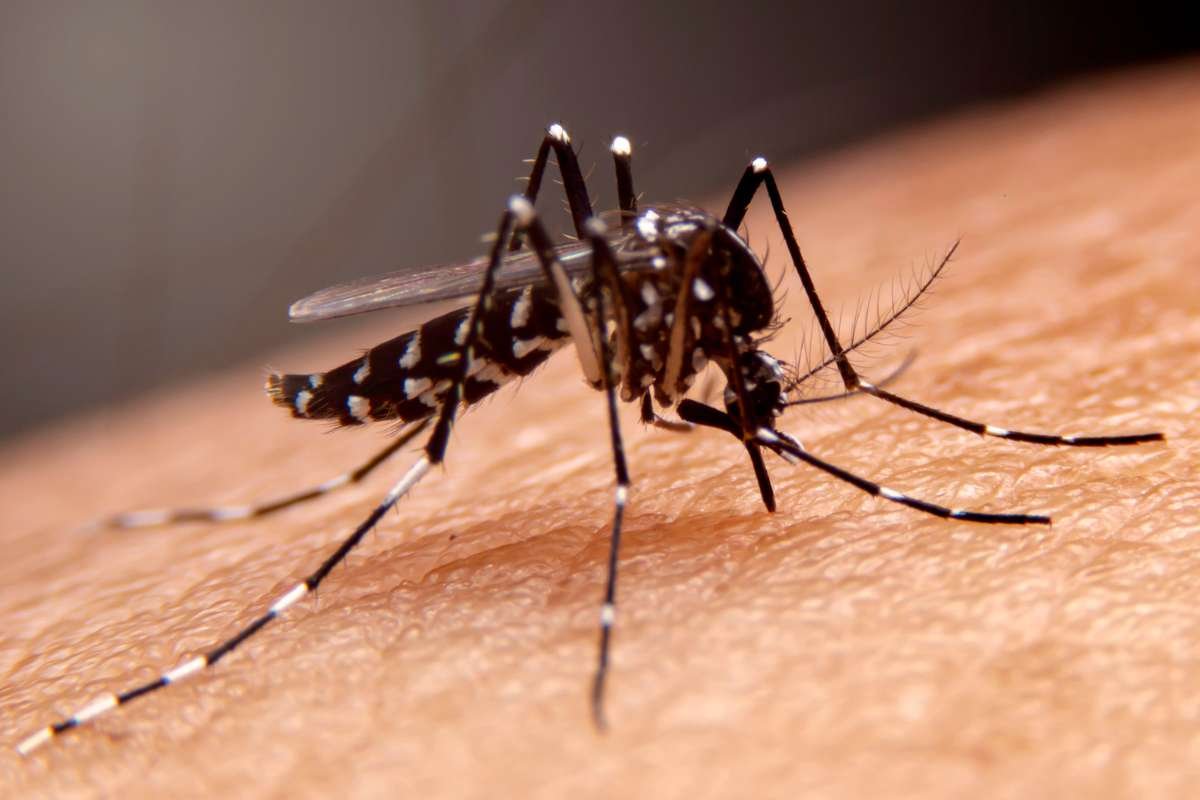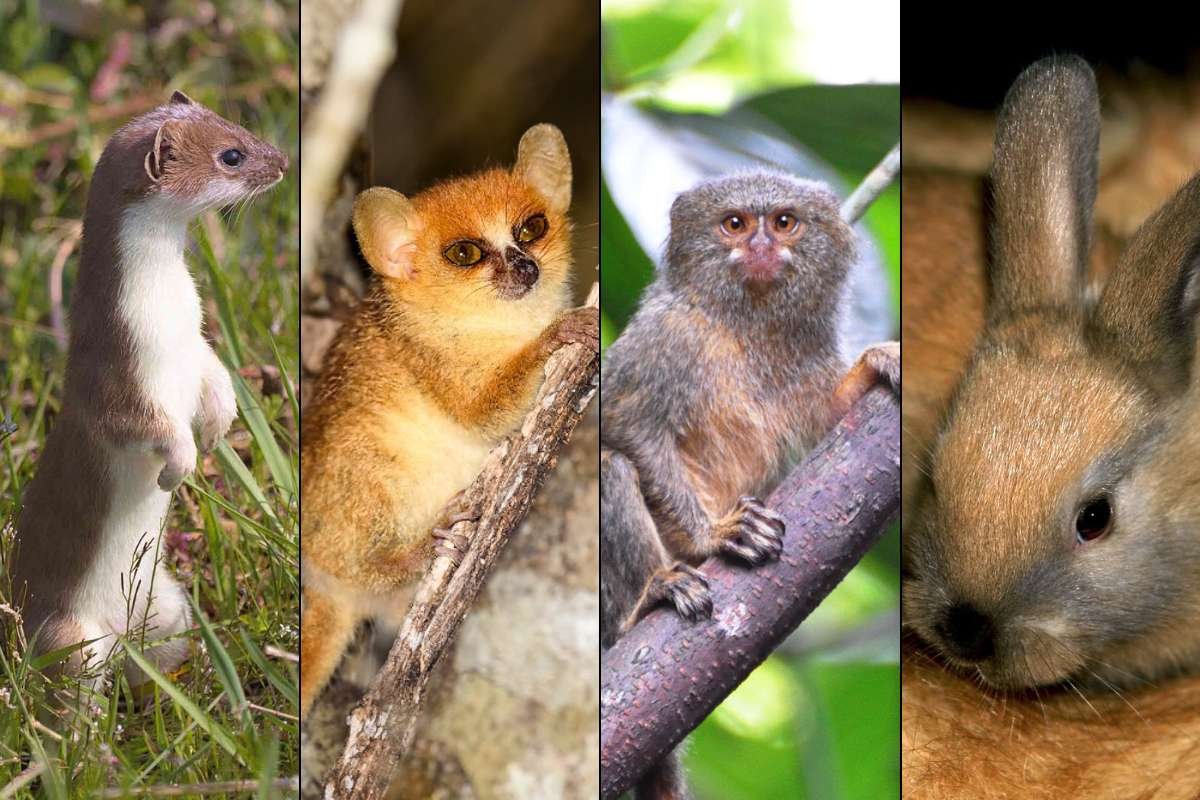In a bold move to revitalise urban green spaces, the National Lottery Heritage Fund, in collaboration with Natural England and the National Trust, has launched a £15 million investment across 40 towns and cities in the UK. The initiative, called Nature Towns and Cities, marks the first step in an ambitious £1 billion drive by 2035 aimed at reconnecting millions of residents with nature.
Funded through National Lottery proceeds, the initiative will deliver targeted support to community-led nature recovery projects, with grant sizes ranging between £250,000 and £1 million. The goal is to place nature at the heart of urban regeneration—improving public access to green spaces, enhancing biodiversity, and tackling climate resilience.
According to the Heritage Fund, the wider vision behind Nature Towns and Cities is to ensure that 5 million people live within a 15-minute walk of a green space and that 1 million children gain access to natural play spaces near home. The long-term plan is underpinned by a 10-year strategy that aims to unlock broader public, private, and philanthropic investment.
Communities Leading the Green Transformation
Nineteen projects have been selected for the first round of Nature Towns and Cities funding, each tailored to meet specific environmental and social needs. Highlights include:
- Bradford: Awarded £848,503 to connect urban nature corridors as part of its City of Culture 2025 plans.
- Coventry: Received £989,685 to address green space inequality in underserved communities.
- Belfast: Granted £850,514 to co-design nature plans across the Belfast Hills and Lagan Valley.
- Fife: Allocated £800,000 to rewild urban areas and boost climate resilience.
- Neath Port Talbot: Secured £339,471 for nature-based community health projects.
In Ealing, nearly £1 million will support a new 586-hectare regional park, while Lewisham focuses on restoring nature access in historically underserved Black and African Caribbean communities. North Lanarkshire will introduce an environmental justice mapping tool to identify and address local inequalities.
Other innovative approaches under Nature Towns and Cities include Bristol’s “greening permit”—inspired by Paris—which empowers citizens to cultivate greenery on pavements and walls. These initiatives are not only improving physical spaces but also building stronger, more resilient communities.
As noted in Yahoo News, the funding enables community groups to take charge of local nature recovery strategies with expert support from green infrastructure specialists.
Pioneering a National Nature Recovery Framework
Two urban areas—Birmingham and Bournemouth, Christchurch and Poole (BCP)—have been designated the UK’s first “Nature City” and “Nature Towns”, respectively. These pilot recognitions serve as blueprints for embedding ecological thinking into urban planning.
Eilish McGuinness, CEO of the National Lottery Heritage Fund, emphasised the scale of the commitment: “This builds on over 30 years of investment in more than 900 parks across the UK. Now, with our partners, we’re scaling up for lasting impact.”
Hilary McGrady, Director-General of the National Trust, added: “Everyone, everywhere, deserves access to nature. It’s vital for health, wellbeing, and our planet’s future.”
The programme will span a decade, led by a coalition of partners including Natural Resources Wales, NatureScot, and the Northern Ireland Environment Agency. Together, they aim to make urban nature part of everyday life, particularly in areas that have historically lacked investment in public green infrastructure.
The Nature Towns and Cities initiative is not merely about planting trees—it’s about planting hope, resilience, and community in the heart of Britain’s towns and cities. With climate change and biodiversity loss pressing ever harder, this £15 million boost sets the tone for what could become the UK’s most transformative urban nature project in generations.
Visit The Lifesciences Magazine For The Most Recent Information.







